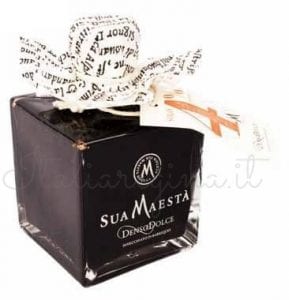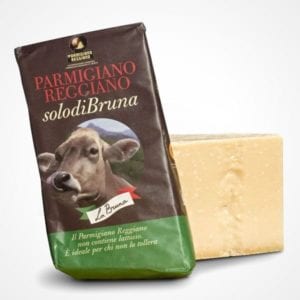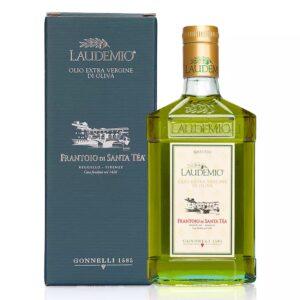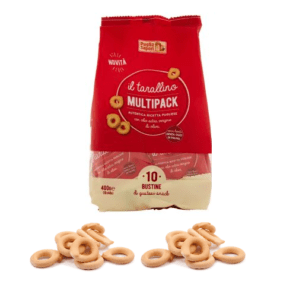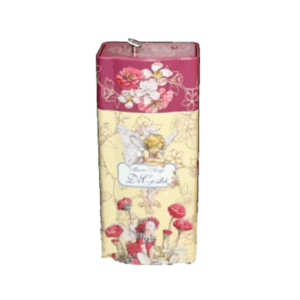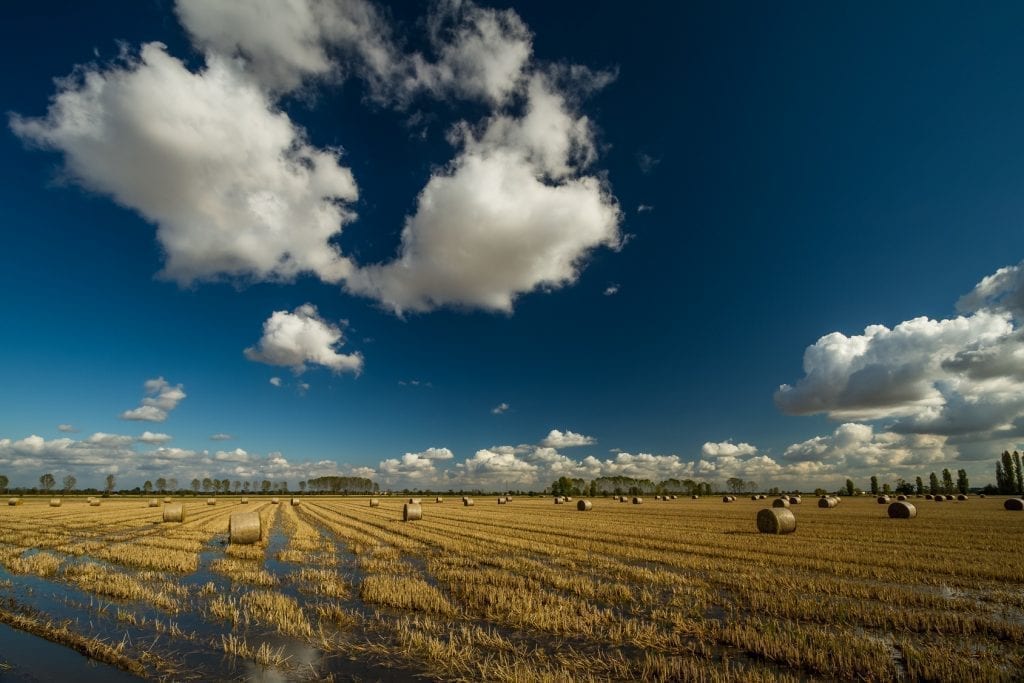
Rice, characterized by a thousand-year history and from distant origins, with the years has managed to make its way into the Italian culinary tradition becoming a cornerstone of our diet, bringing Italian production worldwide
THE CULTIVATION OF RICE: TIMING AND PROCESS
Rice began to spread in Europe at the beginning of the 8th century. but it was only in the Middle Ages that it began to be used and considered as a real food. In particular, in times of famine, war and epidemics that occurred in the twelfth century, when it was necessary a highly productive cereal able to feed and quench peasant hunger.
The cultivation in the rice fields in the past involved men and women (so-called “mondine”) and was divided into several stages: fertilization, plowing, which was followed by hoeing. The sowing was carried out in the months of March and April, while the monda (or transplant) between May and June was a typically feminine job. Then the harvest and threshing followed. With the mechanization of cultivation processes, figures such as mondines, reapers, and draft horses have been replaced by harvesting machines with specific cutting and threshing mechanisms that have speeded up the processes.
After harvesting, rice needs numerous processes to make it edible and salable to the public:
- De-husking (elimination of superficial vegetable lamellae);
- Whitening or cleaning (elimination by rubbing of the film that lines the grain);
- Brushing (elimination of residues from previous processes);
- Polishing or oiling (process to give the grain a more homogeneous shape);
- Brillatura (a process that makes rice whiter)
RICE VARIETIES IN ITALY
Despite all the types of foreign and exotic rice that in recent years are becoming more and more popular in Italy and in the rest of the world, our peninsula has managed to maintain the notoriety and above all the quality of the cultivated varieties. Cultivation is concentrated mainly in Piedmont and Lombardy. An important issue is the protection and protection of the different varieties: in Italy, there are about 150 and in the world, they reach more than 3 thousand, each one characterized by its own organoleptic properties. Among the best known we can find:
Carnaroli rice: is the most suitable for the preparation of the typical Italian risotto and is also one of the most prized varieties known in the world. It is characterized by a very long grain, semi-tapered and pearly, which ensures excellent hold and low stickiness during cooking. The Carnaroli, cultivated mainly in the province of Milan, is considered an Italian historical variety. (Cooking time: 16 – 18 min)
Arborio rice: takes its name from the municipality of the same name in the province of Vercelli where it has been cultivated since 1946, gaining the status of “historical variety”. It has a long, semi-rounded, slightly squared and pearly grain and is considered one of the best risotto risottos, thanks to the good cooking and a creaming resistance. (Cooking time: 17 – 18 min)
Riso Baldo: it is inserted among the IGP varieties of the Po Delta area. It is characterized by a long, slightly tapered and crystalline grain and is used in the preparation of risotto, especially in the Piedmont area. Together with the Roma rice, it gives its name to the Roma-Baldo group: the two kinds of rice are very similar both in shape and size, differing only in the crystalline grain that characterizes Baldo. (Cooking time: 15 – 17 min)
Roma rice: it is characterized by a long, semi-pearled and pearly grain. Rome is often confused with Baldo rice, from which however it differs for the pearly grain. It is a very versatile type of rice in the kitchen, in fact, it can be used to cook risotto, white rice or with sauce or for pies and timbales. (Cooking time: 16 – 17 min)
Vialone Nano Rice: presents a semi-long, round and pearly grain. Historical variety typical of Veneto (where he obtained the Igp) and of the area surrounding the city of Mantua in Lombardy. Although the grain is of medium size, it is considered as risotto rice, which guarantees excellent cooking resistance, with shorter times than other varieties. (Cooking time: 16 – 17 min)
Riso S. Andrea: it is a typical variety of Piedmont that takes its name from the homonymous abbey of the city of Vercelli. It comes with a long, semi-pearled and pearly grain; thanks to its particular characteristics it has been included in the DOP Riso of Baraggia Biellese and Vercellese. The grain, although slightly smaller, guarantees an excellent cooking resistance, both for soups and soups and risottos. Riso S. Andrea is used to make one of the typical local dishes: panissa. (Cooking time: 14 – 16 min)
Padano rice: characterized by a medium grain, semi-round, pearly and a low level of amylose, which does not guarantee an optimal hold during cooking, it is perfect for soups, soups, minestrone and oven preparations, such as arancini or timballi. (Cooking time: 15 min)
Ribe rice: it has a long, tapered grain, with a little pearl that in cooking loses starch, resulting slightly sticky. For this reason in the kitchen is considered a versatile rice for different preparations such as rice salads, fillings, side dishes or timbales, supplì, and arancini, is less suitable for risotto, if not for those cooked media. (Cooking time: 15 – 17 min)
Rosa Marchetti rice: it is a historic Italian variety that was discovered in 1963 in Arborio, in the area bordering the city of Vercelli, by the farmer Domenico Marchetti who gave him the name in honor of his wife. Rice presents itself with a semi-long grain, tapered and crystalline seeds. It is suitable not only for soups and soups but also for risottos, timbales and as a base for sweets and cakes. (Cooking time: 16 – 17 min)


